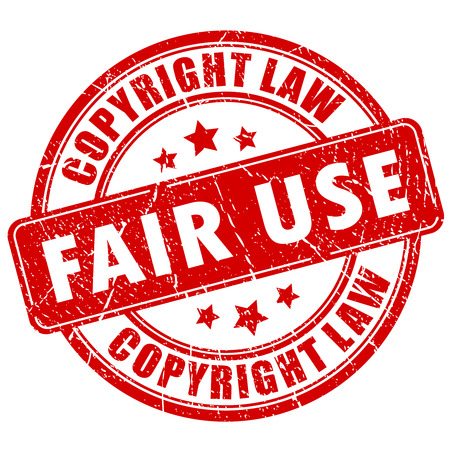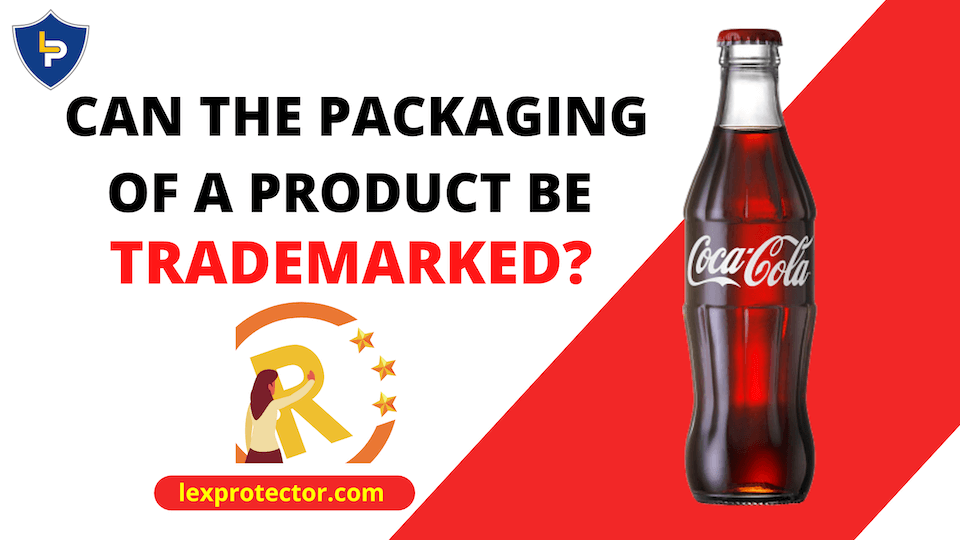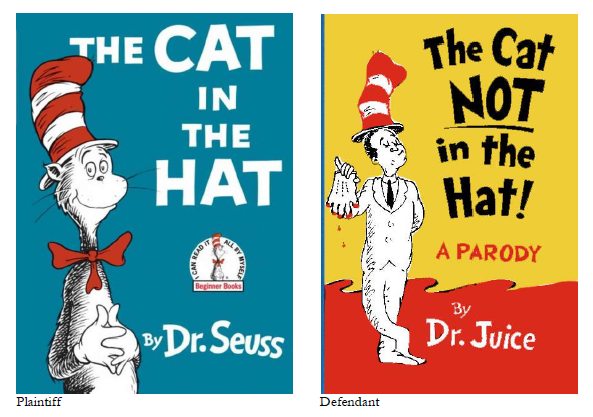Copyright and Fair Use
What is copyright?
Copyright refers to the legal right of the owner of intellectual property. This means that the original creators of products and anyone they give authorization to are the only ones with the legal right to reproduce the work. Copyright law gives the original creators of a work the right to further use and duplicate that work for a given amount of time. Once a copyright expires, the copyrighted material becomes public domain.
How does copyrighting works?
When someone creates a product that is viewed as the original the product becomes their own, and it must be protected from unauthorized duplication. Some examples of these creations include:
- Novels
- Art
- Poetry
- Musical lyrics
- Film
- Graphic design
- Website content
- Computer software
Therefore, copyright is a legal protection source for an original creation of someone's work. Under copyright law, the work is considered their own if the author created it from their own independent thinking. This type of work is known as an Original Work of Authorship (OWA). Anyone with an OWA automatically has the copyright to that work, preventing anyone else from copying or replicating it.
It is important to know that the copyright of your work belongs to you even if you do not register it with the government. However, you will need a registered copyright if you are bringing legal action for infringement.
Not all types of work can be copyrighted. A copyright does not protect ideas, discoveries, concepts, or theories. Brand names, logos, slogans, domain names, and titles also cannot be protected under copyright law.
Copyright vs. Trademarks and Patents
While copyright law is not all-encompassing, other laws, such as patent and trademark laws, may impose additional sanctions. Although copyrights, trademarks, and patents are frequently used interchangeably, they offer different forms of protection for intellectual property. Trademark laws protect material that is used to distinguish an individual's or corporation's work from another entity. These materials include words, phrases, or symbols such as logos, slogans, and brand names-which copyright laws do not cover. Patents cover inventions for a limited period of time. Patented materials include products such as industrial processes, machines, and chemical positions.
What is Fair Use?
Fair use is any form of copying copyrighted work done for a limited and transformative purpose, such as to comment upon, criticized, or parody an original work. In other words, fair use is a defense against a claim of copyright infringement. Fair use permits a party to use a copyrighted work without the copyright owner's permission for purposes such as criticism, comment, news reporting, teaching, scholarship, or research.
Fair use has no definite rule in determining whether it is always effective or not, since it is established only by a case-to-case basis.




Comments
Post a Comment